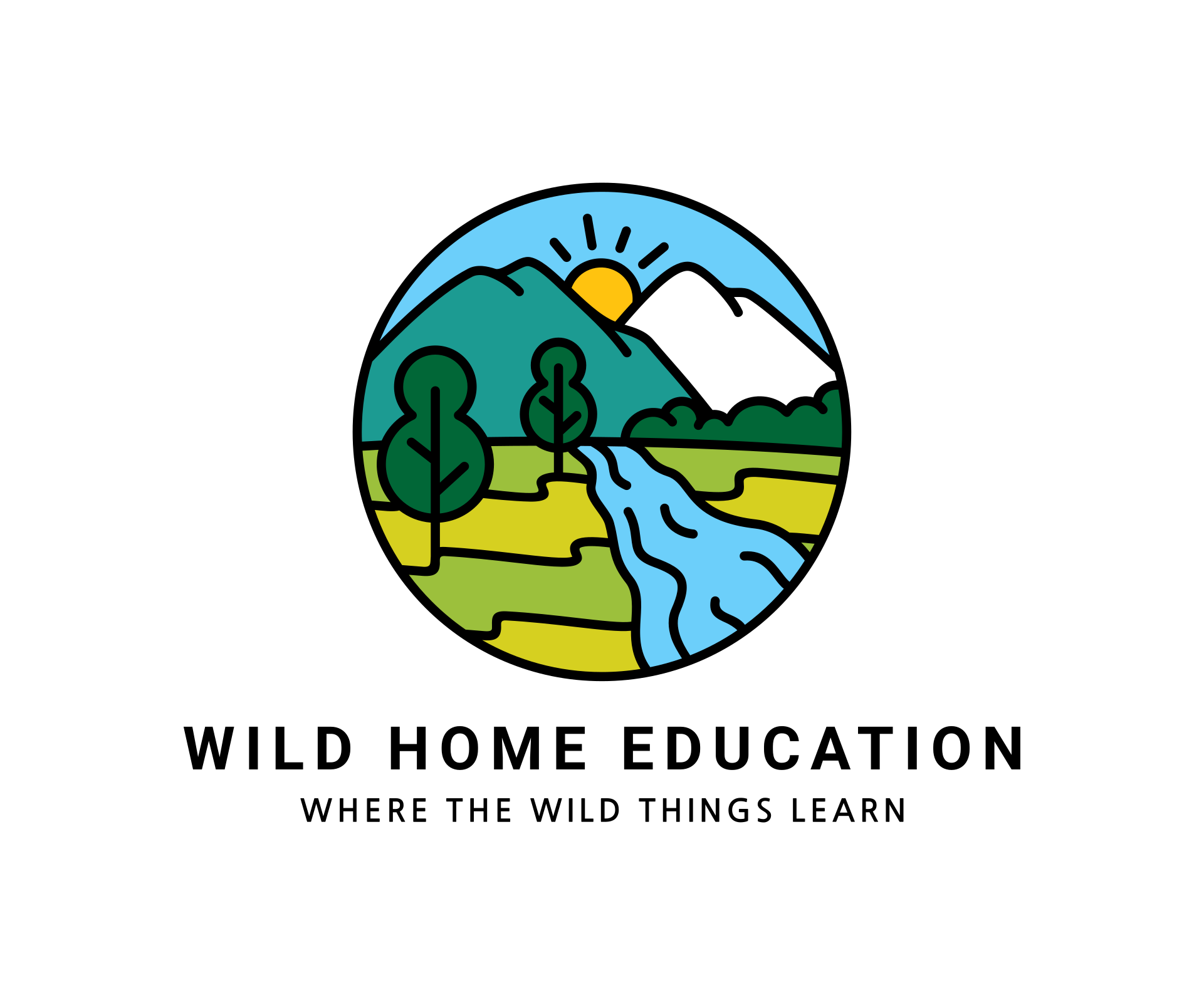Butterflies are not only beautiful creatures to behold, but they are also fascinating insects that go through a remarkable transformation process. As a home educator, teaching children about the life-cycle of a butterfly is a great way to engage them in science and nature. This activity can be tailored to children under the age of 12 and can be easily incorporated into a home-school curriculum.

Firstly, it is important to gather materials and resources to aid the learning process. This can include books, videos, and pictures of butterflies in their different stages. Children can also benefit from having hands-on materials such as butterfly kits that come with a butterfly house and a voucher to purchase caterpillars. These kits provide a front-row seat to observe the transformation of caterpillars into butterflies, making the learning experience more engaging.

Next, it is important to introduce children to the different stages of a butterfly’s life-cycle. Butterflies go through four main stages: egg, caterpillar, pupa, and adult. Children can learn about each stage by observing pictures and videos or by using the hands-on materials.

During the egg stage, the butterfly lays an egg on a leaf or stem. Children can learn about the different types of leaves and plants that butterflies lay their eggs on and how the eggs are protected from predators.

During the caterpillar stage, children can observe the caterpillar as it feeds and grows. This is a great opportunity to teach children about the different types of leaves and plants that caterpillars eat and how they protect themselves from predators.

During the pupa stage, the caterpillar spins a chrysalis around itself and undergoes a metamorphosis into an adult butterfly. Children can observe the chrysalis and learn about the different types of chrysalises and how they protect the pupa.

Finally, during the adult stage, the butterfly emerges from the chrysalis and begins its life as a fully-formed butterfly. Children can observe the adult butterfly as it feeds and flies, and learn about the different types of butterflies and their habitats.

Throughout the learning process, it is important to encourage children to ask questions and explore their curiosity. This can involve discussing how butterflies are important to our environment and how we can protect them. Encourage children to draw pictures, make paintings, paper Mache, and even draw diagrams.

In conclusion, teaching the life-cycle of a butterfly to children under 12 is a great way to engage them in science and nature.
By using hands-on materials and resources, children can learn about the different stages of a butterfly’s life-cycle and observe the transformation process. This activity can be tailored to fit any home education curriculum and encourages children to ask questions and explore their curiosity. By the end of the activity, children will have a deeper appreciation for butterflies and their role in our environment.

Leave a comment